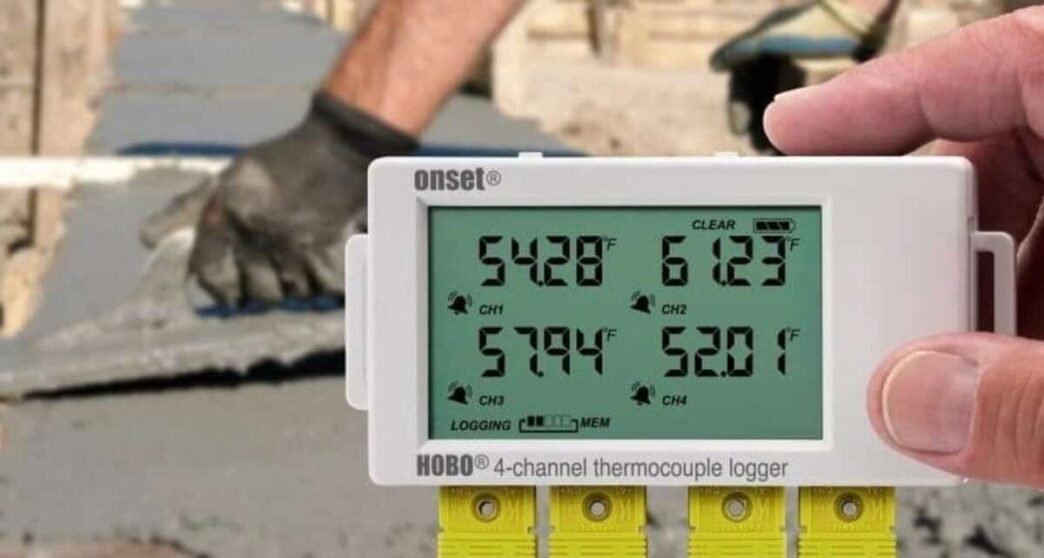Many people love concrete structures because of their strength and durability. However, the concrete mixing and curing process affects the quality of the end structure. This explains why contractors pay attention to the concrete curing temperature. Maintaining the right temperature during curing helps create firm concrete with minimal risk of cracks and shrinkage, which are common challenges affecting the entire industry. So, how do contractors prevent cracking or concrete damage? They apply different strategies and a common solution is using temperature sensors. The real-time data from the sensors guide the contractors in making changes to optimize the concrete strength. This article will highlight how these sensors influence the quality of the construction.
Understanding Temperature Sensors
These small devices help contractors measure the concrete temperature during the curing process to assess the maturity level. The contraction team installs concrete temperature sensors at different depths to provide real-time information that helps workers make sound decisions. If the contractors monitor the concrete appropriately, the final structure can withstand weight and weather changes without cracking or shrinking. The general idea is that the temperature and strength of the concrete increases over time during curing. However, the accrual rate of changes varies based on the mix type.
How Do the Sensors Work?
The construction team installs the sensors during the concrete casting phase. These electronic sensors send information to a data logger that presents it to the construction workers. Some contractors use maturity sensors that assess the electrical qualities of the concrete. The contractors measure the real-time data from the sensors and analyze them using the ideal maturity curves. This process ensures the concrete maintains the desired strength, depending on the structure under construction.
Benefits of Using Temperature Sensors During the Curing Process
There seems to be no better quality control method than using temperature sensors. It is a simple method of ensuring the concrete attains the optimum strength or stability, which reduces the risk of damage and cracks. The sensors also reduce the waiting time, allowing workers to proceed with the project as soon as the concrete achieves the desired strength. Also, contractors can save money by adjusting the materials based on the data from the sensors. This increases efficiency over time because the contractors improve their concrete mixing skills with the help of the temperature sensors.
Concrete strength determines durability and how well the final structure withstands wear and weather changes. So, every contractor wants to create firm and durable structures. Temperature sensors help contraction workers build better houses or other structures by facilitating a real-time concrete curing process. The owner also saves money that would otherwise go to untimely repairs and replacements.
The Future of Temperature Sensors
Modern concrete sensors have had a great impact on the construction work. Like other technologies, these sensors will keep improving, increasing efficiency. Therefore, contractors using these sensors will easily analyze data and make construction decisions. They will also reduce construction costs by using the minimum materials that will guarantee maximum strength. The sensors will also contribute to reduced structural failures or accidents linked to poor concrete curing. This and other technologies, such as artificial intelligence, could help increase efficiency and sustainability in the industry.
Concrete sensors are a game changer, as explained. They help create durable concrete structures without wasting materials. However, contractors should buy the temperature sensors from the right source and follow user instructions for the best outcomes.







